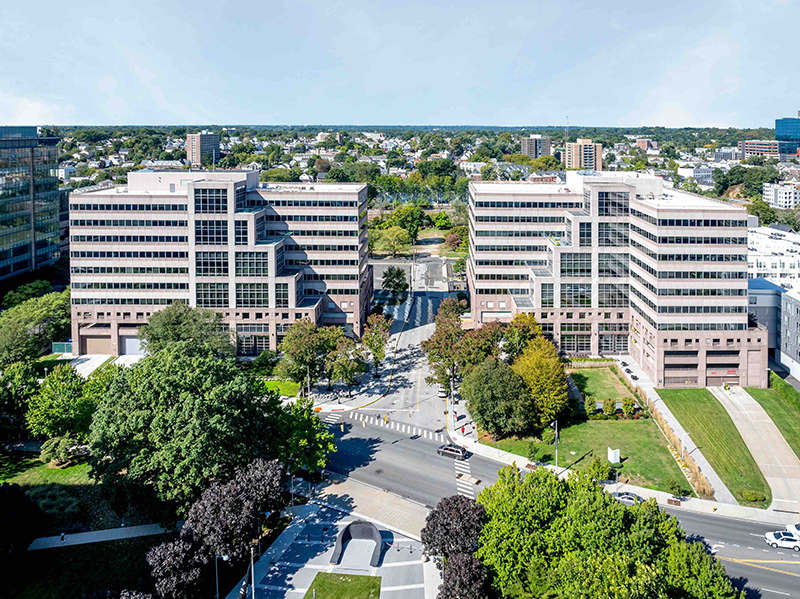Exploring new leadership’s plans to rebuild optimism for economic development in Connecticut
Hartford, CT The question of how to jump-start economic development in the state is one that has lingered a decade beyond the 2007-2008 financial crisis. Many different solutions were proposed, with no consensus emerging. With this background, it’s worth reviewing both where we are and the new approaches that recent changes in state government are bringing to promote economic growth.
First, let’s review the landscape, beginning with the job market. By the end of 2018, Connecticut had recovered 91% of the jobs lost during the recession. The state Department of Labor reported that construction industry jobs, which were at a seasonally adjusted high of 69,000 in the beginning of 2008, have made significant progress in recovering from a low of 47,900 in the Spring of 2010, to 62,100 in the beginning of this year. While the number has dropped back to 59,100 in May, this still represents an increase of 1.4% over May 2018. As these numbers reflect, there is still work to be done to improve the picture. The recent departures of the headquarters operations of several large corporations, most recently United Technologies Corp., have caused many observers to reflect on the causes and to ask the question what can be done to retain existing businesses and attract new ones to the state.
On January 9th, Ned Lamont was sworn in as Connecticut’s new governor, and since then has begun to craft his own set of solutions to this unique challenge. Governor Lamont began by appointing David Lehman, a former investment bank executive with a background in public sector and infrastructure finance investment, as the new commissioner of the state Department of Economic and Community Development (DECD). Lehman has helped facilitate a deeper relationship between his agency and its economic and market research affiliate, the Connecticut Economic Resource Council. Marketing the state’s economic assets, including its skilled, well-educated workforce and thriving advanced-manufacturing sector is on the list. Also on the list are leveraging investment in and development of the federally designated Opportunity Zones, continuing to support entrepreneurship and innovation, evaluating the expansion of public-private partnerships. General strategies include designing to attract talent, expanding businesses, improving infrastructure and investing in our communities—all areas where the A/E/C industry can play a pivotal role.
A significant challenge remains crafting an effective approach to the problem of aging infrastructure. Stakeholders acknowledge that Connecticut’s aging transportation infrastructure requires a major facelift to keep the state competitive. Of course, the question of infrastructure is one with implications for the construction industry, affecting everything from the availability of new work on infrastructure projects, to the day-to-day realities and expenses of transporting professionals and materials over currently bumpy and congested roadways. The question that the Governor and the legislature have yet to resolve is finding an appropriate approach to funding. The discussion of tolling, supported by the governor, remains unresolved, with strong arguments for and against.
The governor’s office highlights that the new biennial budget, which passed the legislature before the start of the 2019 fiscal year, increases funding for education and workforce development, minimizes cuts to essential services, and does not reduce municipal aid to towns and cities.
The governor’s office observed that the new budget stabilizes the state’s Special Transportation Fund in the short term to maintain the existing level of infrastructure investment for the state’s roads, bridges, and highways, including fully directing revenues from car sales taxes into the Fund by 2023. With the new budget less than a month old, its impact remains to be seen.
While questions still linger about how to further economic development in Connecticut, the A/E/C industry can be a strategic partner. From attracting talent and expanding businesses, to employing technology and modern design and delivery methods that reduce the time and cost required for infrastructure and community improvements, the construction industry and state government officials have an opportunity to collaborate to create jobs, enhance relationships and position Connecticut for future success.
CBRE brokers sale of Stamford Towers - 326,468 s/f Class A office











.png)
